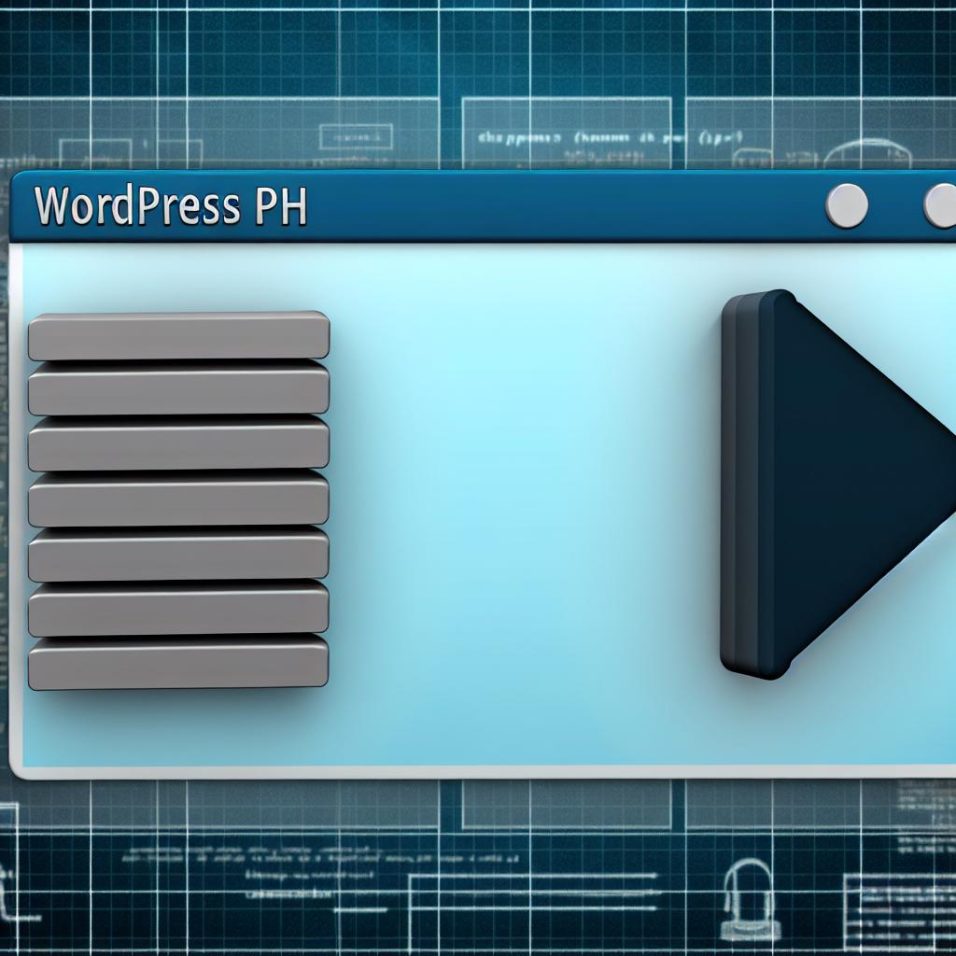Understanding the Importance of PHP Memory Limit
The role of PHP memory limit in a WordPress environment is crucial because it acts as a gatekeeper to the resources a PHP script can access. When managing a WordPress site, especially one loaded with numerous plugins and media-rich content, understanding how PHP memory limit functions become essential to ensure smooth operation. Without adequate memory, plugins or scripts may fail, leading to errors that hinder workflow and user experience.
Why Increase PHP Memory Limit?
The default PHP memory allocated by your hosting environment might seem adequate for minimalistic setups but often becomes a bottleneck as your WordPress site grows. Higher memory allocation mitigates the risk of timeouts and crashes. Moreover, it serves as a buffer during peak traffic periods, preventing potential lags and keeping the site responsive, thereby maintaining a positive user experience.
Possible Challenges and Considerations
Hosting Restrictions
Not all hosting providers permit altering the PHP memory limit. Some shared hosting plans place strict limits to manage resources among multiple users effectively. In such cases, you must reach out to your hosting provider for support or consider upgrading to a hosting plan that offers greater flexibility.
Balancing Memory Allocation
While you might be tempted to allocate as much memory as possible, excessive memory allocation can also lead to server resource mismanagement. Your server must handle requests efficiently without starving other processes. Therefore, setting a balanced memory allocation based on your site’s specific needs is advisable.
Alternative Methods to Optimize Performance
Website Caching
Besides increasing PHP memory, implementing caching solutions can significantly enhance performance. Tools like W3 Total Cache or WP Super Cache temporarily store data, reducing server load and speeding up page load times for returning visitors.
Optimizing Plugins and Themes
Reviewing the necessity and efficiency of plugins and themes is another strategy. Seek plugins known for optimized resource use, and consider deactivating those that seem redundant or whose functions overlap with those of other active plugins. Keeping your site lean will help maintain optimal performance levels.
Community Support and Learning
Engaging with the WordPress community can be beneficial for new learners and experienced users alike. Here, you can find exhaustive discussions and insights about best practices for PHP configuration, get advice from experts, and share your unique use case scenarios for more targeted help.
Going Beyond with Advanced Tools
For those looking to delve deeper or manage multiple WordPress sites, platforms like Jetpack may provide advanced performance insights, enabling more informed decision-making about resource allocation.
Conclusion
Navigating the intricacies of PHP memory limits involves both technical adjustments and an understanding of your site’s evolving needs. Though the methods to change PHP memory limits offer immediate solutions, they should be complemented with broader performance optimization strategies for sustained effectiveness. Always stay informed through WordPress’s extensive documentation, and don’t hesitate to reach out to your hosting provider for tailored support when necessary.

